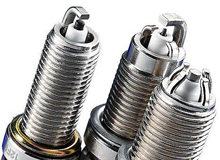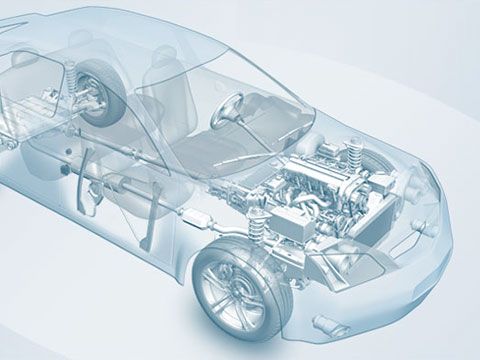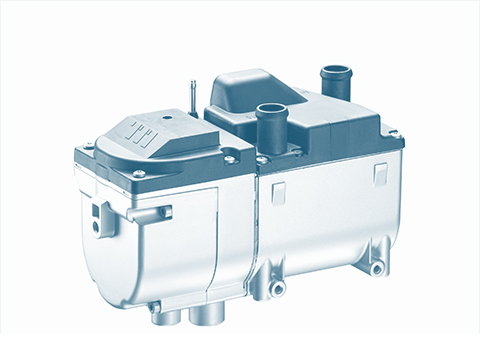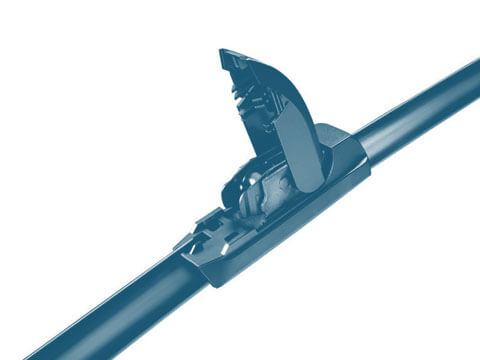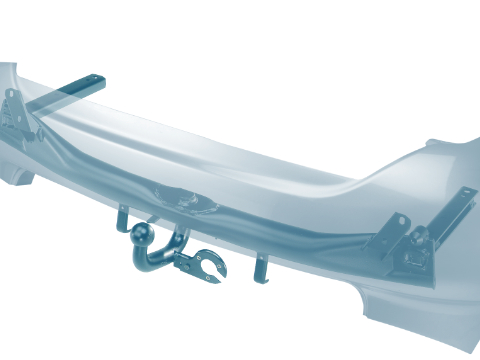Airbag
Airbags are passive safety systems. In addition to driver and passenger airbags, other types of airbags are now also fitted in vehicles.
Function
Airbags are passive safety systems. Alongside driver and passenger airbags designed to prevent head injuries in accidents, many other types such as side and knee airbags are also to be found in modern vehicles. Airbag systems are intended to be used as a supplement to seat belts, not as a substitute.
How curtain airbags work
If the airbag sensor registers an accident, the severity of the accident is first measured by one or more airbag sensor(s). A firing current immediately flows from the airbag triggering unit into a pyrotechnic unit, which triggers firing. The pyrotechnic material burns and the – cooled and filtered - gas generated fills the airbag. At the same time the caps in the steering wheel or dashboard break at the design rupture points. Within around 30 milliseconds the airbag fully inflates to cushion the head and chest.
In the case of airbag systems with three-point seat belt, a collision propels the vehicle occupant forwards at high speed until the seat belt locks. This significantly slows further motion. The final phase of the impact is associated with considerable head rotation, which can be greatly reduced by curtain airbags.
The readiness of the airbag system is constantly monitored by the diagnostic system. Faults are indicated by the warning lamp. The firing energy is maintained by a capacitor if the power supply is interrupted.
Seat occupancy, child seat and seat belt buckle sensor
The airbag control unit bases its decision on whether and when to trigger the passenger airbag on information supplied by the seat occupancy and seat belt buckle sensor. If, for example, the system detects that the seat is occupied but the belt is not fastened, the airbag is triggered sooner. If the seat is occupied and the belt fastened, triggering can be delayed slightly as the belt already restrains the occupant at a relatively early stage.
If the airbag system recognises that the seat is vacant or occupied by a child seat, the passenger airbag is not triggered.
Side airbags
Side airbags for the front seats are generally part of the standard basic equipment of modern cars. They can take the form of thorax, thorax/pelvis or thorax/pelvis/head airbags.
Knee airbags
Knee airbags are intended to protect the knees and shins as well as to provide support to stop the occupant possibly slipping out under the seat belt. Knee airbags are generally only fitted on the driver side.
Airbag system checking and installation work is only to be performed by qualified workshop personnel.

